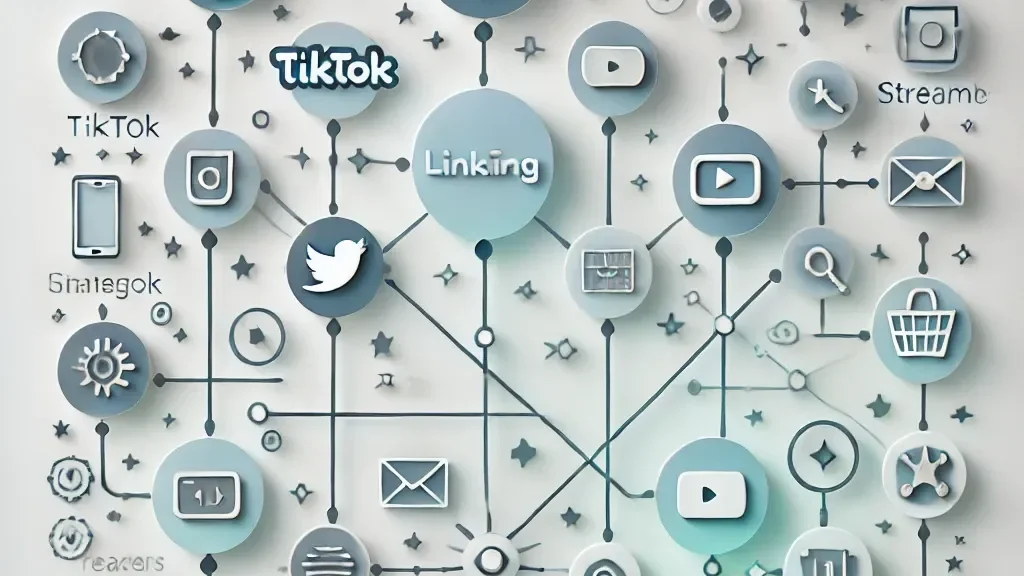As the world shut down and the events space all but disappeared, 2020 proved to be an incredible unforeseen challenge for in-person industries around the world. But almost none of these industries were as thoroughly interrupted for quite as long as the events industry.
Thankfully, the industry rose to the challenge and experimented with duplicating the event experience online. But they faced a significant challenge: how can you effectively replicate something that requires attendee participation, feeds off the energy in the room, and immerses the audience in the experience virtually? Here are five reasons interactive livestreaming hit the mark:
- Live events (both in person and online) create a fear of missing out.
Watching a recording doesn’t evoke the same feelings and emotions as a live event.
It feels like you’re getting caught up on something that already happened, something you already missed out on. So we already knew that for the events industry, a live online event was the best option. But an online event is still missing something – that energy – the energy that sells t-shirts, books, and services, and keeps them coming back for more. This brings us to number 2. - Structured interaction increases engagement.
To replicate the energy of an in-person event, viewers can’t just watch the action from their couch – they need to feel like they’re a part of it. Adding ways for the audience to engage (like shopping, sharing, chatting, playing along, offering opinions, asking questions, answering trivia, etc.) gets us much closer to the full experience.Data from Instagram, for example, shows that adding a simple poll to a story boosts engagement by 15x compared to a story without a poll. Now add them (and a dozen + other types of interactions) throughout your stream and you have created active participants instead of passive viewers. - Live video creates a personal connection.
If you’ve ever had a celebrity reply to your comment or shout you out on a livestream, you know what we mean by creating a personal connection with viewers.As you stream using structured interactions, you’re going to be inundated with responses. You can use these responses to guide the conversation and keep the event interesting, simultaneously making the viewers feel heard and personally involved. - Video production enriches the live experience.
You can go beyond an in-person event in a lot of ways thanks to the power of video production. Video production techniques allow you to enrich the experience by, for example:- Inserting (pre-recorded) video to explain topics in more detail, inviting other experts from anywhere in the world, or using graphics and visualized data to highlight information.
- You can also set proper expectations, enhance your content, and add context by linking to the agenda, speaker bios, topics, and links to external sources.
- Or gamify the entire event with leaderboards and prizes that entice participation throughout the event and create something tangible to enjoy long after it ends.
- Live streaming offers full control and insights into your event.
You can maintain full control over the event experience including:- Control over the viewer’s experience from the initial registration to the ultimate design of the platform
- Gaining an understanding of registration and viewer numbers, and attendance and interests per session
- The ability to follow up with viewers on their attendance and interests
- And so much more.
We break these points down in a lot more detail in our full article – available for you on Medium (opens external site) here.

